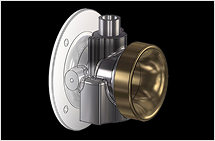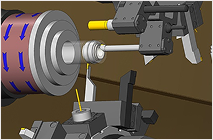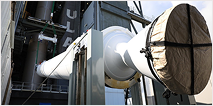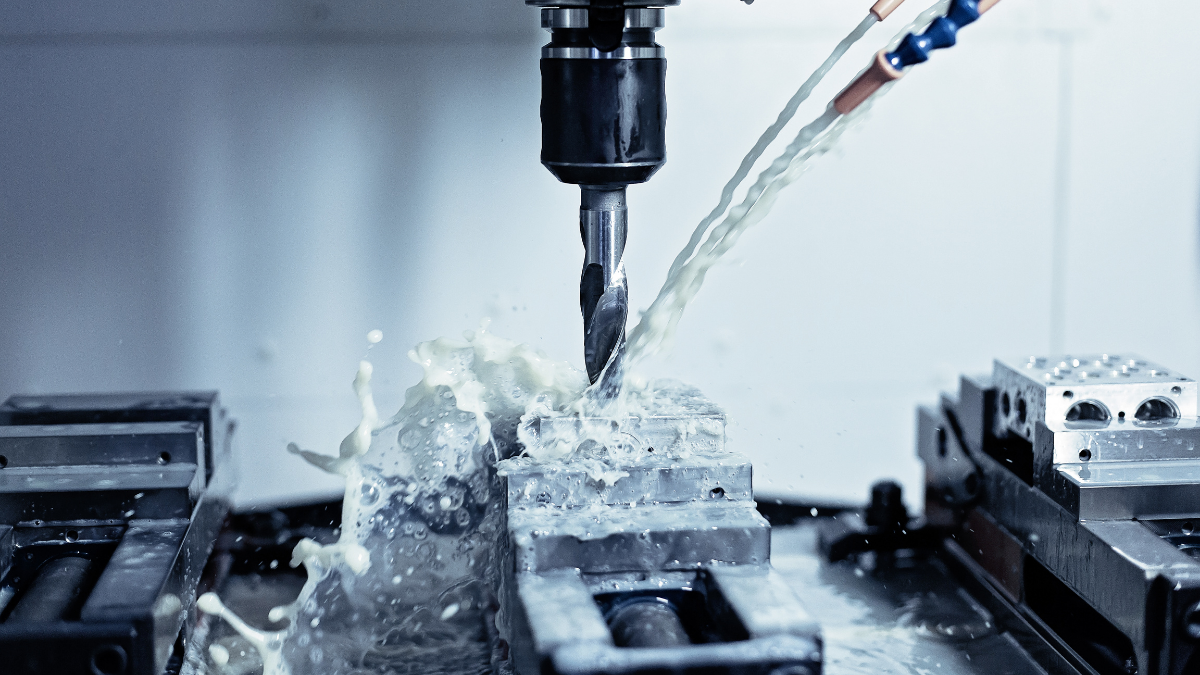Mill-Turn technologyboosts manufacturing efficiency by combining turning/milling in one setup. Cuts cycle times, improves precision, and reduces scrap for complex parts.
In the manufacturing calendar, October is a crucial month because it’s the last push to increase output before the year-end rush. Efficiency is a need in this setting, not a luxury. Integrating Mill-Turn technology is the key to attaining unmatched productivity for industrial operations. By combining several processes into one setup and significantly reducing lead times, these sophisticated, multi-tasking CNC machines are transforming the production of complex parts.
Consolidating Operations for Maximum Performance
Traditional part manufacturing frequently entails a laborious process that includes turning on a lathe and then repeatedly transferring to a different milling machine. Every transfer adds the possibility of misalignment, human error, and undoubtedly downtime. By integrating turning (workpiece rotation) and milling (tool rotation) capabilities onto a single, advanced platform, mill-turn technology eradicates this antiquated inefficiency.
- Single-Setup Machining’s Power
The ability to finish a very complex part in a single clamping is the main efficiency gain of mill-turn solutions. Because there is no need to move the workpiece between machines, re-fixture it, and re-establish coordinates, this single-setup machining cuts down on floor-to-floor time. This feature guarantees that the geometric accuracy between turned and milled features stays flawless throughout the process, which is extremely helpful for manufacturers working with tight tolerances. For high-precision sectors like aerospace, medical devices, and automotive components, this optimization is essential.
Call Axsys Industrial Solutions at (248) 926 8810to learn more!
- Using Multi-Axis and Live Tooling to Speed Up Production
Dual spindles, live tooling, and multiple axes (four, five, or more) are common features of modern mill-turn centers. While the sub-spindle or second turret enables simultaneous back-side machining, the main spindle manages turning operations.
The essential element that turns a lathe into a multipurpose hub is live tooling. It enables revolving tools to carry out tapping, drilling, and milling operations away from the part’s centerline. Because of its multifunctionality, you can execute up to four operations simultaneously, which can cut cycle times for complex parts by 30% to 50% when compared to traditional methods.
Did You Know?
By installing a mill-turn center, a typical manufacturing facility can save up to 40% of its valuable floor space by eliminating the need for two or three traditional machines.
- Improving Part Quality and Cutting Down on Scrap
There is a chance of introducing small positional errors or harming the surface finish each time a workpiece is moved by hand. Mill-Turn machines continuously achieve a superior surface finish and maintain tighter tolerances by holding the part stationary and carrying out all operations under continuous CNC control. Because of its inherent accuracy, fewer parts are scrapped, which reduces material waste and eliminates the need for expensive secondary processes like deburring or grinding. Reliable quality is a must for a successful October production push.
Strategic Advantages for the Development of Manufacturing
Beyond just the machine itself, mill-turnn technology offers substantial strategic advantages for your whole company.
- Savings on costs: The long-term cost savings are significant, despite the higher initial investment. You save energy by using a single machine rather than two or more, labor by using a single operator to oversee a consolidated process, and tooling by using fewer redundant tools.
- Enhanced Versatility:Shops can now take on more difficult, valuable jobs that might otherwise be rejected or outsourced thanks to mill-turn technology. It is the best workhorse for specialized components because of its ability to effectively handle both prismatic (milled) and cylindrical (turned) features.
Partner with Axsys Industrial Solutions
To truly harness the power of Mill-Turn solutions, you need the right technology partner. Axsys Industrial Solutions offers a comprehensive portfolio of advanced CNC machine tools and the expert engineering support—including CAD/CAM programming and post-processor development—to seamlessly integrate this game-changing technology into your operations.
Call Axsys Industrial Solutions at (248) 926 8810for a consultation. Let us show you how to leverage Mill-Turn capabilities to boost your efficiency, reduce costs, and secure a successful manufacturing future this October and beyond.
Frequently Asked Questions (FAQs)
Is Mill-Turn machining only for high-volume production?
No. While it excels at high-volume runs due to reduced cycle times, the minimal setup time and versatility of Mill-Turn machines make them incredibly cost-effective for medium-volume and even small-batch runs of complex parts. The reduced manual handling and enhanced precision are beneficial regardless of batch size.
What is the main difference between Mill-Turn and a standard CNC lathe with live tooling?
A standard lathe with live tooling is primarily a turning machine that can perform someoff-center milling/drilling. A true Mill-Turn Center is a multi-tasking machine where the milling functionality is significantly more robust (often with a separate milling spindle and more axes, including B and Y axes), allowing it to handle a much wider range of complex geometries and heavier milling cuts simultaneously with turning.







